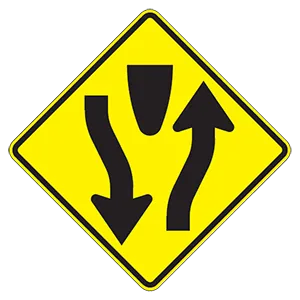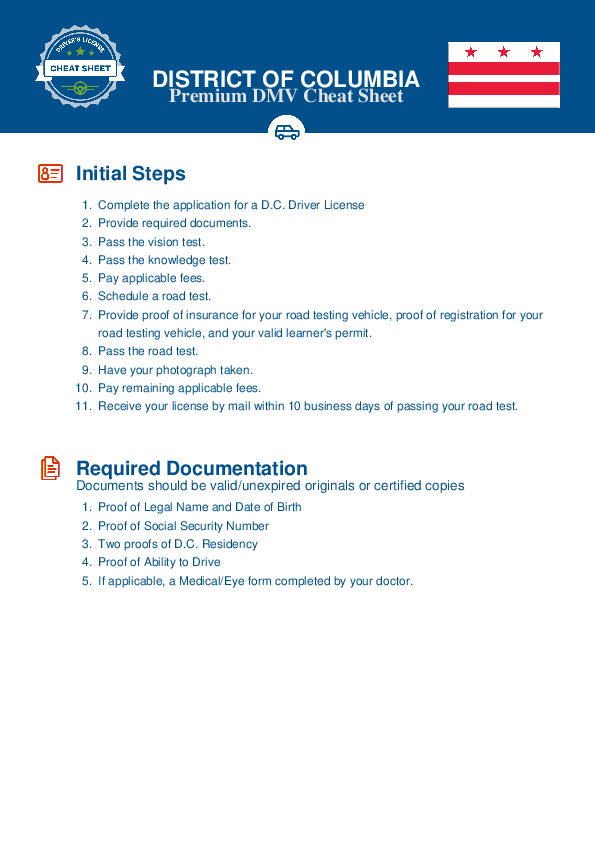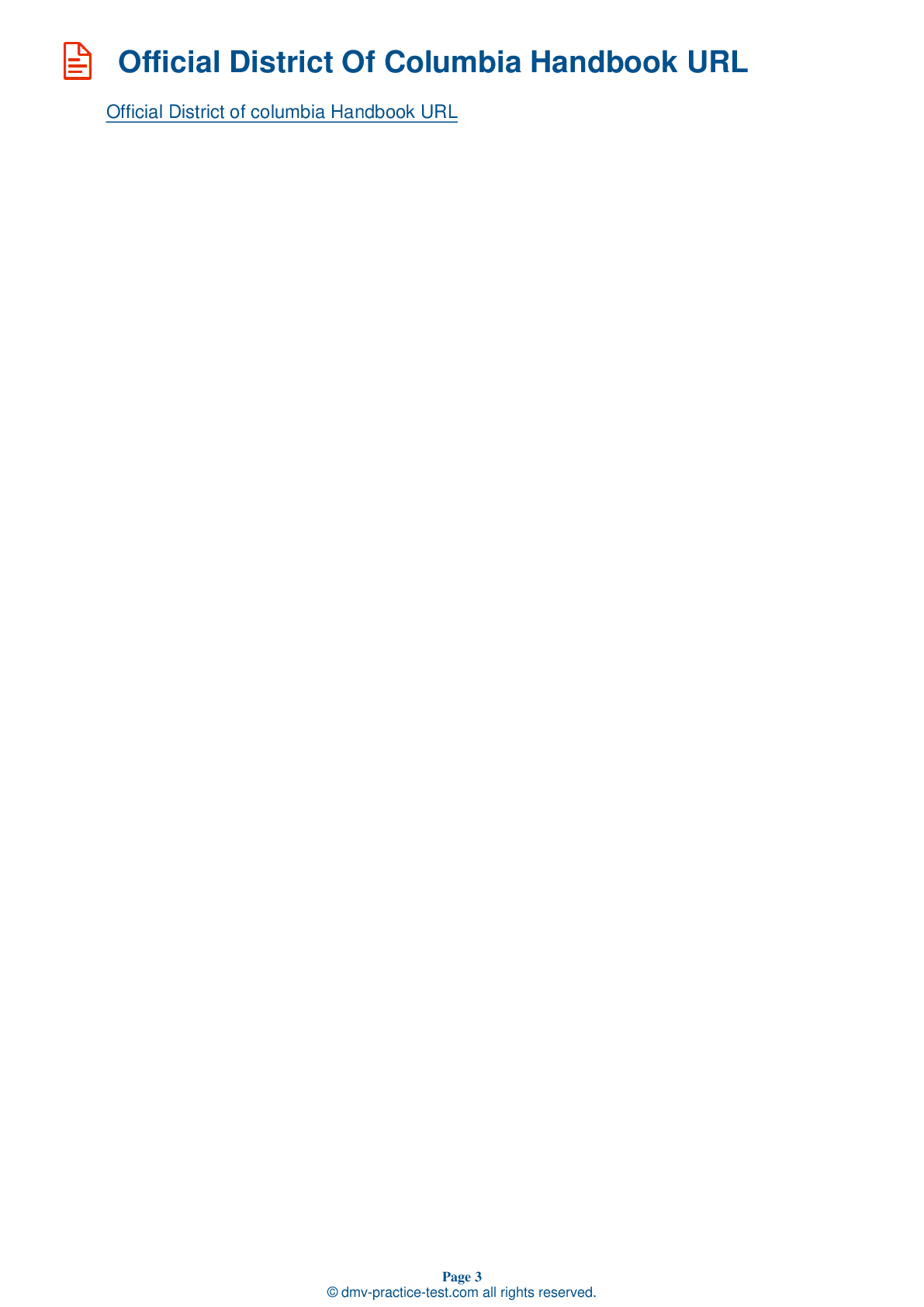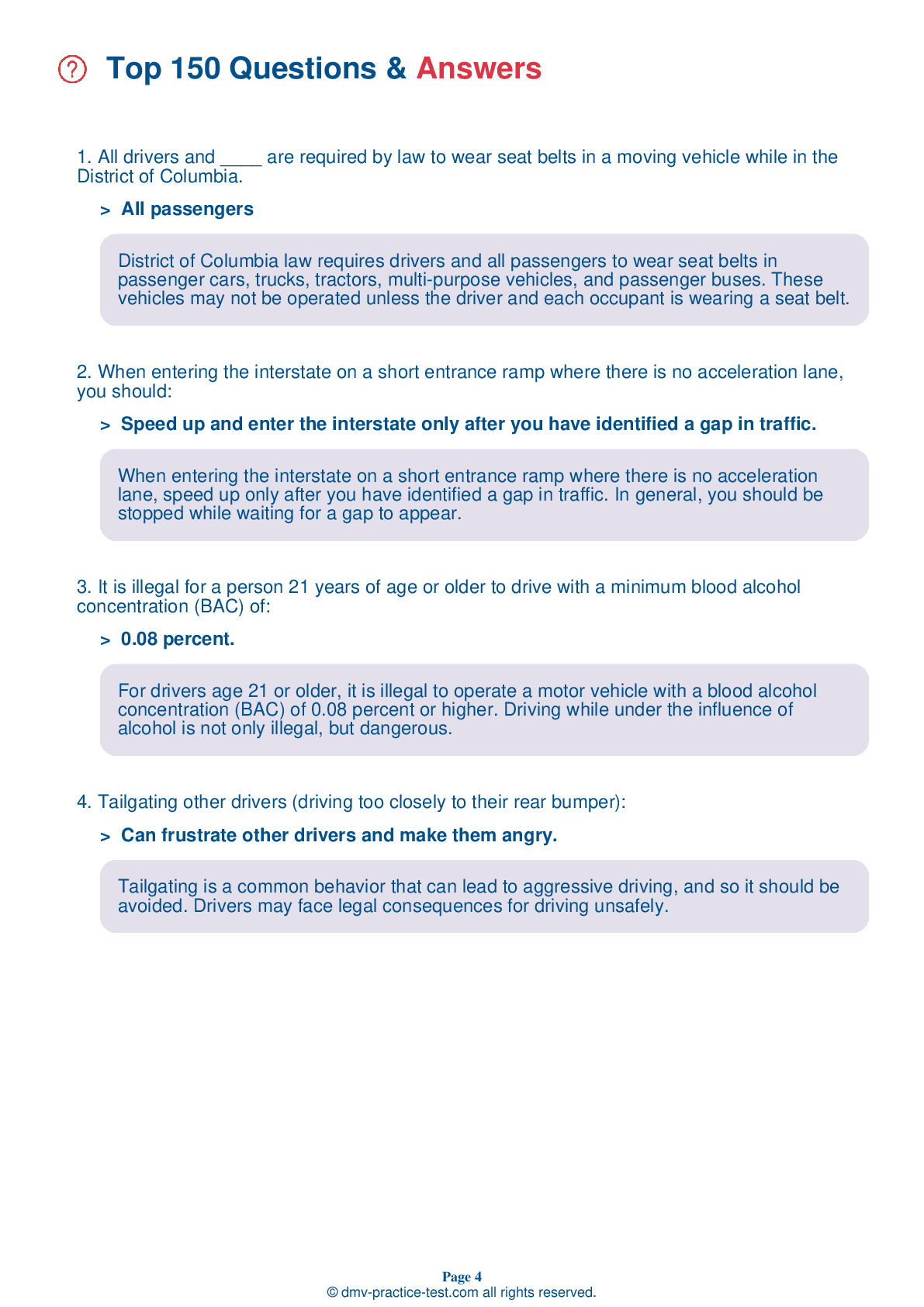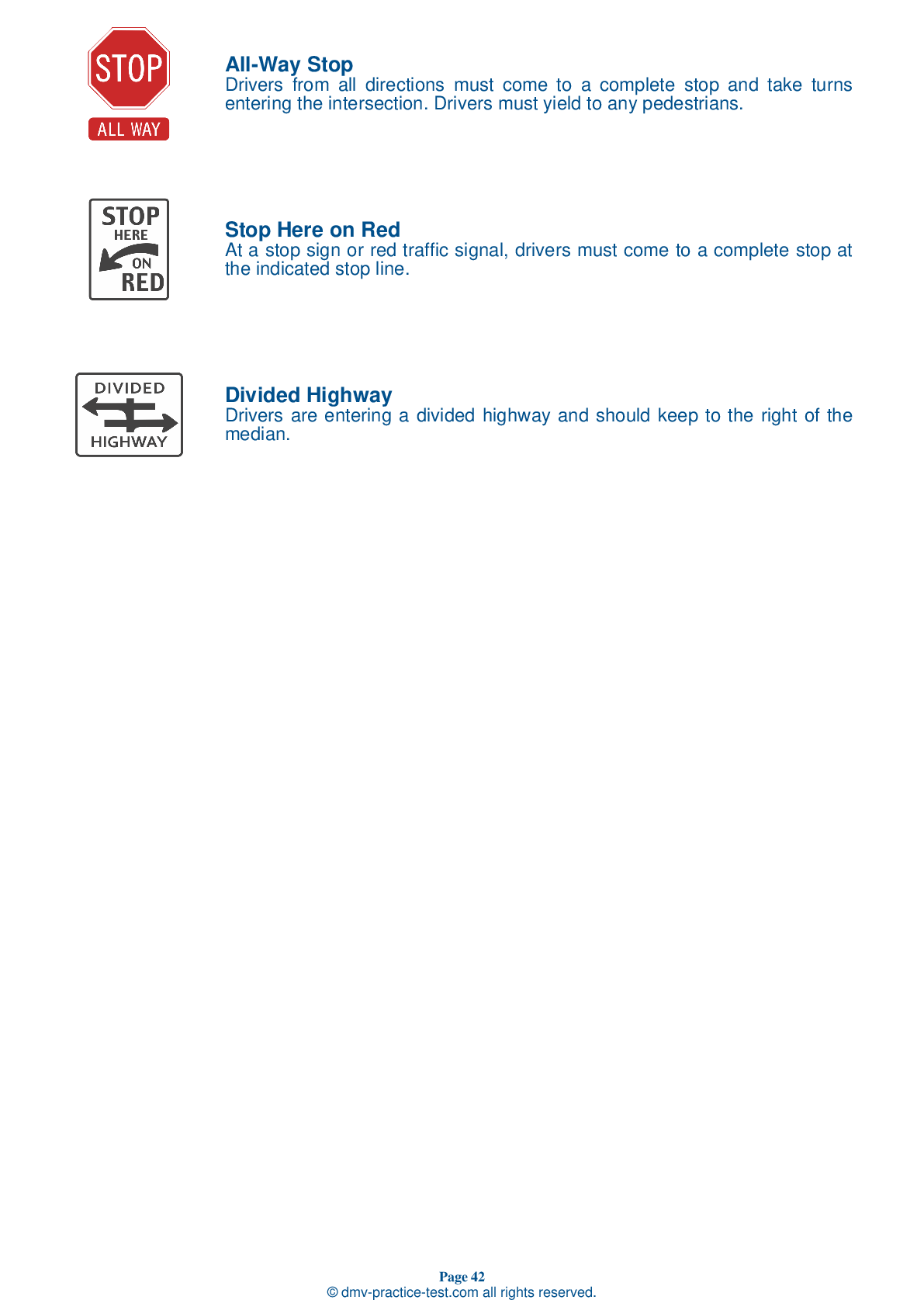FREE District Of Columbia DMV Practice Test #21 Page 2 of 3
This set of District Of Columbia DMV practise tests was been updated for January 2024. It includes questions based on the District Of Columbia Driver Handbook's most significant traffic signs and laws for 2024. Use actual questions that are very similar (often identical!) to the DMV driving permit test and driver's licence exam to study for the DMV driving permit test and driver's licence exam.
On the practise exam, each question gets a tip and explanation to help you remember the concepts. The written component of the official DMV test will include questions about traffic rules, traffic signs, and driving statutes, as well as information from the Driver Handbook.
To achieve the required passing grade, you must correctly answer 20 of the 25 questions. Take our DMV practise exam to help you prepare for your District Of Columbia instruction permit or driver's licence.
The DMV exam is available in several languages.
Using any form of testing help will result in an automatic fail, and the DMV may take further action against your driver's licence, so avoid it.
9 . If you are being followed too closely on a two-lane road:
If you are being followed too closely by another driver, merge into a different lane. If there is no lane available for merging, wait until the road ahead is clear and slowly reduce your speed. This will encourage the tailgater to drive around you.
10 . This sign means:
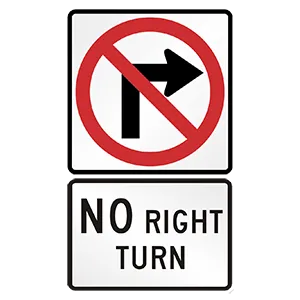
A regulatory sign displaying a red circle with a red slash through the middle indicates that a specific action is prohibited. Right turns are not permitted where this sign is posted.
11 . If moving with a stream of vehicles across a railroad track, it is safe to stop on the track for a short period of time.
It is prohibited to stop, stand, or park on a railroad track. You should never cross railroad tracks unless there is room for your entire vehicle on the other side of tracks.
12 . This sign means:
